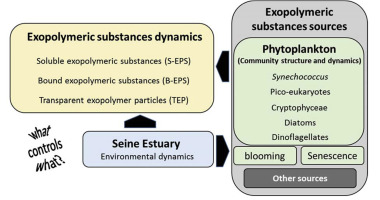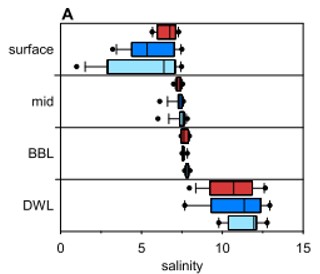
Authors
Maryam Rezayian, Vahid Niknam, Mohammad Ali Faramarzi
The responses of the cyanobacteria Nostoc ellipsosporum and Nostoc piscinale to salt stress during various growth stages were studied. Nostoc ellipsosporum was more NaCl tolerant and attained more biomass under salinity than N. piscinale. Accumulation of proline was detected in N. ellipsosporum under salinity stress. Malondialdehyde content decreased in both species on day 9 (mid log phase) under salt stress. A similar trend was detected in hydrogen peroxide (H2O2) content in N. ellipsosporum. Strong induction in catalase (CAT) activity was observed in N. ellipsosporum on day 9 in the presence of salt. The increase in CAT activity of N. piscinalewas observed only at higher concentrations of NaCl. In contrast to N. ellipsosporum, induction in peroxidase and polyphenol oxidase (PPO) activities on day 9 was stronger in N. piscinale. Salinity enhanced superoxide dismutase (SOD) and PPO activity in N. ellipsosporum at all growth stages. Moreover, different isoforms of CAT and SOD were detected in these cyanobacteria. Apparently, selection pressure in these cyanobacteria has led to the evolution of SODs and CATs as the main antioxidant enzymes against reactive oxygen species. Phycobiliprotein content in N. ellipsosporum under all conditions was significantly higher than that in N. piscinale. NaCl at moderate concentrations significantly increased phycobiliprotein content in the middle of the log phase in both species. Moreover, contrary to N. piscinale, the size of phycobilisomes [phycoerythrin + phycocyanin / allophycocyanin] in N. ellipsosporumincreased significantly under salt stress at the mid of log phase and later. The increase in size of phycobilisomes in N. ellipsosporum could help this species to withstand salt stress by enhancing energy transfer capacity. These results suggest that N. ellipsosporum cells could be better protected against salinity-induced oxidative damage by maintaining higher levels of antioxidative enzymes, proline, and phycobiliproteins than the cells of N. piscinale.









